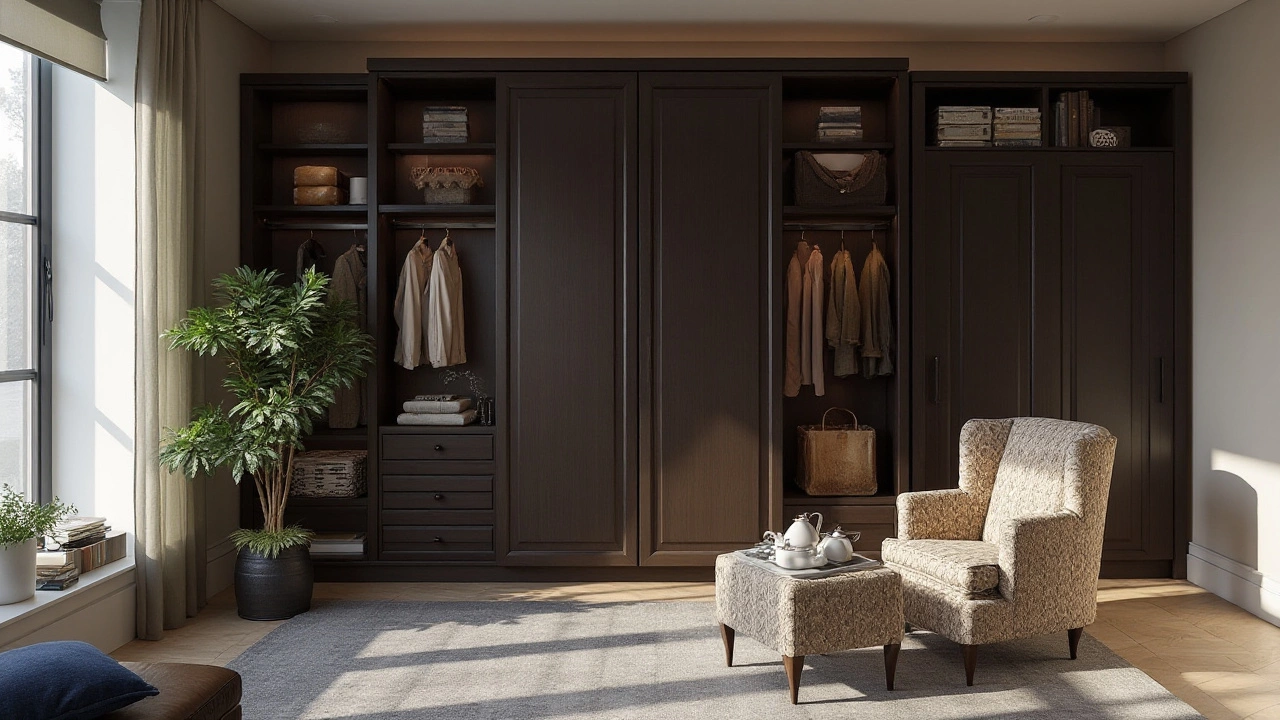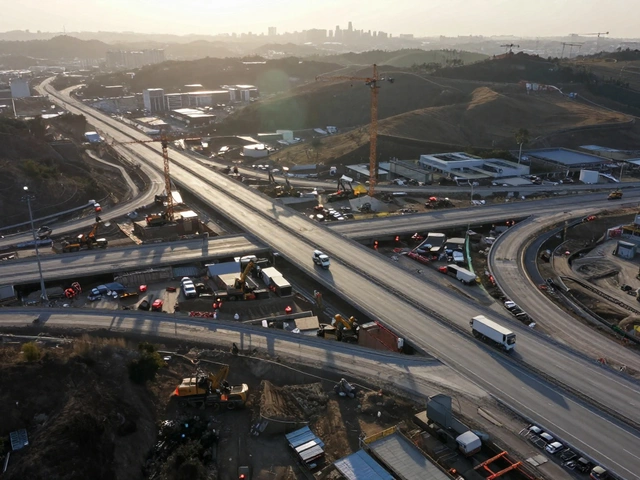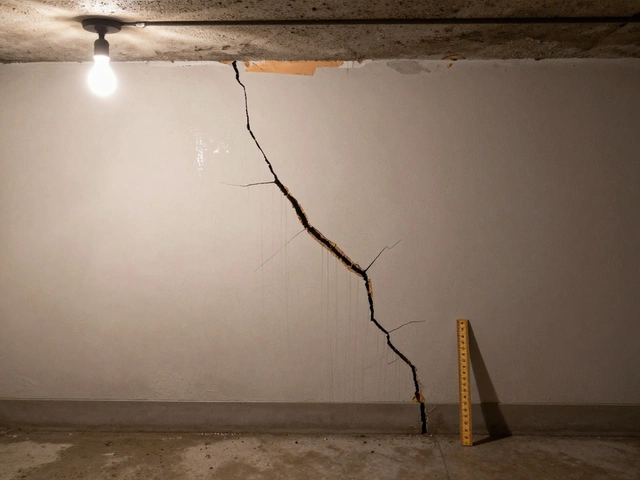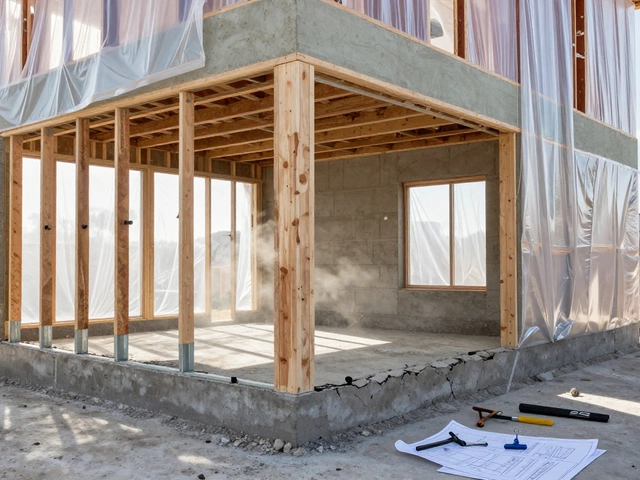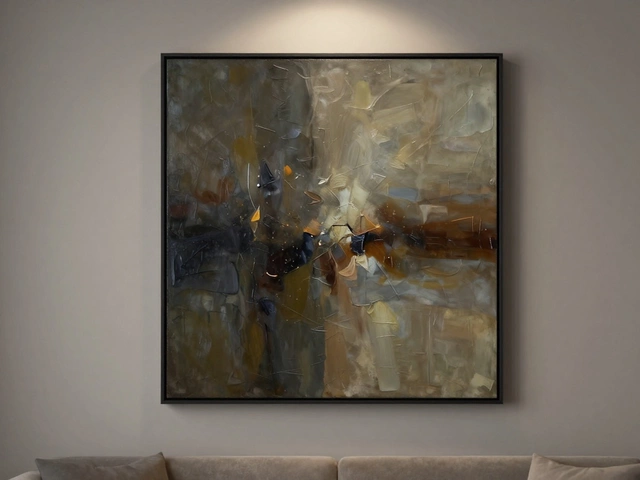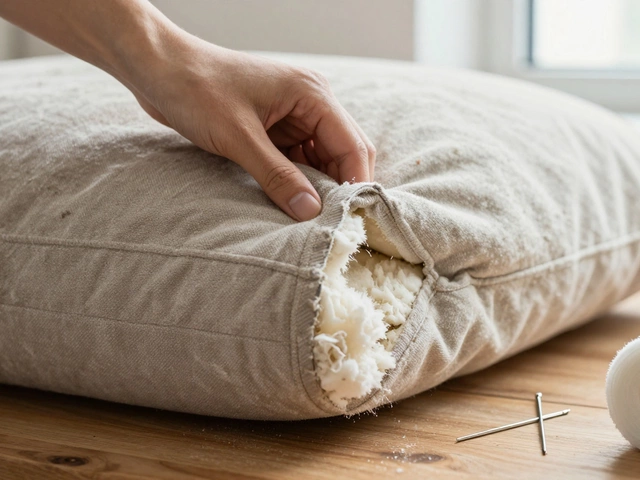Wardrobe Disadvantages: Know the Drawbacks Before You Choose
When thinking about wardrobe disadvantages, the drawbacks that can affect cost, flexibility, and room layout, it’s easy to focus only on the style. The reality is that a wardrobe can lock you into a layout, raise your budget, and make future redesigns a hassle. wardrobe disadvantages include limited flexibility – you can’t easily move a built‑in piece, and the dimensions often dictate how you arrange furniture. High purchase and installation costs can also strain a renovation budget, especially when custom finishes or specialty hardware are involved. Space constraints are another pain point; a large wardrobe can dominate a bedroom, leaving little room for a desk or seating area. Because of these issues, many homeowners turn to smarter storage solutions, like modular shelving, freestanding wardrobes, or under‑bed drawers that offer flexibility without the permanent footprint. These alternatives let you adapt to changing needs, whether you’re adding a nursery, creating a home office, or simply decluttering. Understanding the wardrobe disadvantages early helps you avoid costly mistakes and keeps your interior design options open.
Alternative Options and Planning Tips
One of the biggest built‑in wardrobes, wardrobes that are fitted into the wall structure suffer from the same inflexibility that makes a standard wardrobe a challenge. They demand precise measurements during construction, and any later change usually means demolition and reconstruction. This rigidity directly influences space planning, the process of arranging furniture and storage to maximize usable area. When the wardrobe’s dimensions are fixed, you often have to sacrifice other functional zones, like a reading nook or walking clearance. To mitigate these drawbacks, start with a clear floor plan that maps out traffic flow, natural light, and zones for sleeping, working, and storing. If you already own a bulky wardrobe, consider pairing it with portable storage pieces that can be rearranged as your needs evolve. For renters, freestanding wardrobes on wheels are a game‑changer; they allow you to move the unit between rooms or even apartments without damaging walls. Also, think about the long‑term cost: a bespoke built‑in may look impressive today but could become an expensive obstacle when you decide to sell or redesign.
In practice, weighing the wardrobe disadvantages against your lifestyle goals will guide you toward the right choice. If you value flexibility, modular systems and adaptable storage will serve you better than a permanent fixture. If you’re committed to a specific design aesthetic, budget for the extra expense of a high‑quality built‑in and plan for future modifications early on. Below you’ll find a curated list of articles that dig deeper into these topics—covering everything from modern storage hacks to detailed cost breakdowns—so you can make an informed decision that fits both your space and your wallet.
Uncovering the Drawbacks of Fitted Wardrobes: A Comprehensive Guide
Fitted wardrobes are often seen as a space-saving solution for modern homes, but they come with their own set of challenges. These include limited flexibility, higher costs, and potential issues with home resale value. The article explores these disadvantages, offering insights and tips to consider before opting for built-in storage solutions. From installation complexities to fashion trends, we shine a light on when fitted wardrobes might not be the best choice.
full article